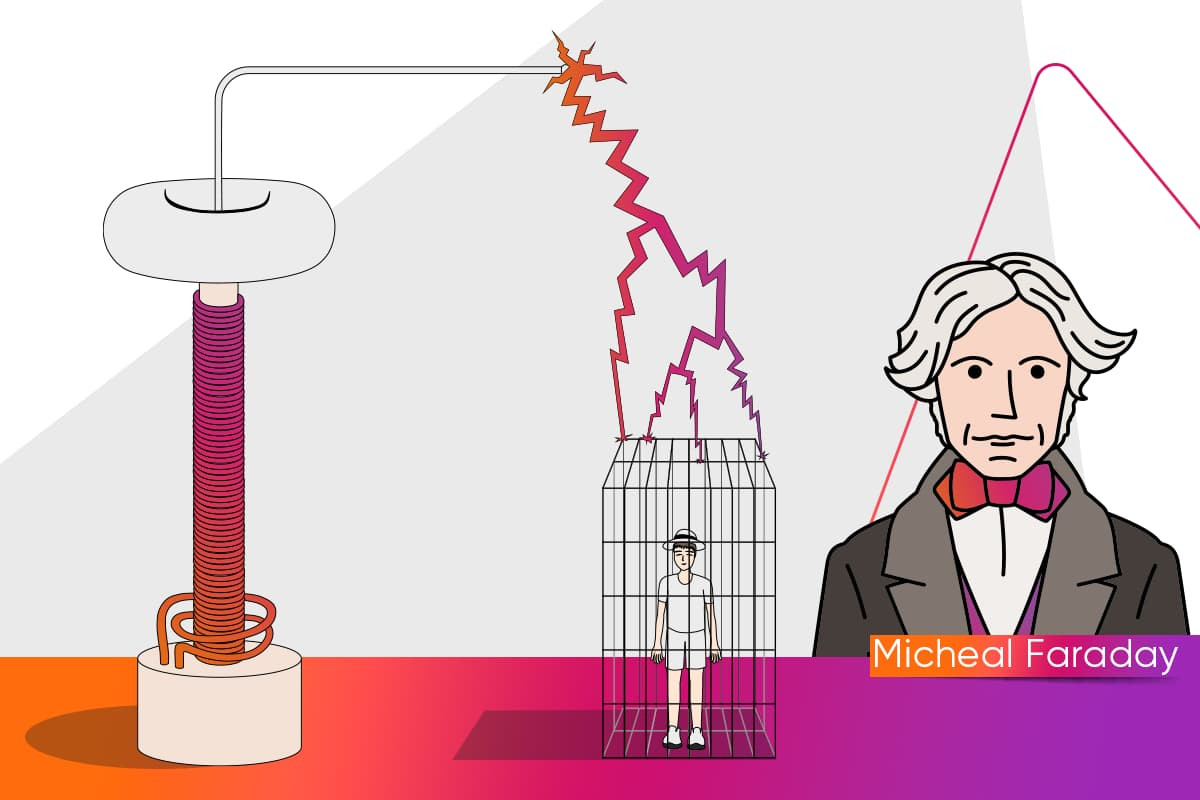
What Is a Faraday Cage? How Does It Work? Where Is It Used?
What is in this article?
You might have encountered many examples of a Faraday cage even if you are not knowledgeable about the working principle or technical description of the Faraday cage that is used as a shield against external electromagnetic radiation. It is extensively used in both professional field and daily life from the medical industry to the kitchens in our homes, the performing arts to the automotive industry.
In our blog content, you can find about the working principles, intended uses and history of the Faraday cage.
What Is a Faraday Cage?
 A Faraday cage, also known as the Faraday shield, is an enclosure that is used to protect the contained objects from both static and non-static electromagnetic fields.
A Faraday cage, also known as the Faraday shield, is an enclosure that is used to protect the contained objects from both static and non-static electromagnetic fields.
It acts as a shield for any object since it distributes the electrostatic charge to an external environment.
It acts like hollow conductors where devices or objects can be put for protection from electrical fields.
Any electrical shock received by the cage runs through the cage's outer surface without causing any harm. In this respect, it is a hollow conductor where an electromagnetic charge is kept only on the outer surface of the cage.
Working Principle of a Faraday Cage
A Faraday cage works based on the principle of electromagnetic shielding. When an external electrical field is applied to the cage, positive charges are fixed and free electrons are redistributed along the conductive materials due to electrostatic induction. This means that the cage exposed to an electrical force produces a counter and equal force.
Electrons are negatively charged against the electrical force. While the total electrical charge of the conductor is zero, the excess negative charge accumulates on one side of the cage and the positive side remains positively charged. This travel of electrons results in the formation of an electrical field inside the cage in the opposite direction to the external field.
In return, these redistributed charges reduce the voltage on the inner surface of the Faraday cage. The capability of a Faraday cage to reduce the voltage on its own inner surface mainly relies on the thickness and magnetic properties of the conductive material.
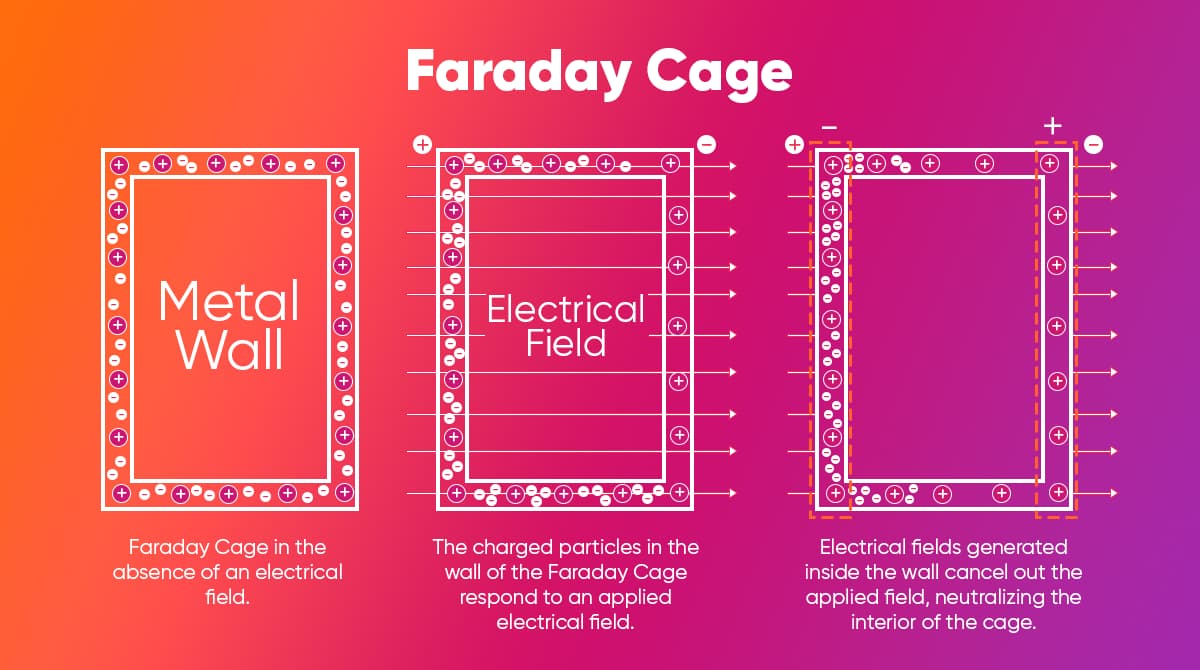
History of the Faraday Cage
Recognized as one of the most prominent scientists of the 19th century, Michael Faraday originally started his career as a chemist. He demonstrated the correlation between a chemical bond and electricity and discovered the effect of magnetism on a light. In this sense, his true contribution to science relates to magnetism and electricity.
To test his theory, he developed a field covered with metal foil and allowed high-voltage discharges from an electrostatic generator to hit the outer part of the room. He discovered that the electrons on the conductor were redistributed by themselves by neutralizing the effect of the field inside the conductor.
-
Who Invented the Faraday Cage?
The Faraday cage is named after the British scientist Michael Faraday who invented it.
What Is the Relationship Between Faraday Cage and Lightning Rod?
Speaking of Faraday cages, one should refer to Benjamin Franklin who is the inventor of lightning rods. Franklin hangs an uncharged cork ball attached to a non-conductive silk yarn on an electrically charged silver box. The cork ball is not electrically charged although it comes into contact with the bottom of the box. When the ball retracts and swings near the edge of the box, it is pulled towards the electrified surface.
In 1836, the physicist Michael Faraday made further observations such as where electricity is transmitted only when charged on the surface. He started from a field that he covered using metal foil. Then he used the electrostatic generator to charge the foil and verified his findings by testing them. Afterward, he used an electroscope inside the room to show that there was no charge as he had expected. The charge penetrated only the foil's surface.
The true proof of this observation made by Faraday is the famous ice pail test. This test is the continuation of the idea where Franklin lowered a charged brass ball into a metal cup. The results were the same as Franklin's. The electric charge in the conducting shell pushed the equal charge, and in this case, the charge remained completely on the surface.
The ice pail test then resulted in the invention of the Faraday cage, becoming the first definitive quantitative test on electrostatic charge.
Where Is a Faraday Cage Used in Daily Life?
In addition to being used in laboratory settings today, Faraday cages also present functional examples in our daily life such as in grounding and electronic devices. For example, cars work basically as a Faraday cage. The chassis, which is the main supporting part of a vehicle, protects people inside thanks to its metal framed structure.
The electrical charge travels over the metal surface of a vehicle into the ground. Thus, people inside a vehicle remain unaffected by lightning as long as windows are closed.
Many buildings also act as Faraday cages even if by chance. Concrete walls and other metals used in buildings may block wireless internet networks and cellphone signals. A daily life example of Faraday cages can be observed in kitchens. The metal body of microwave ovens acts as a Faraday cage. Thus, they prevent the microwaves in an oven from expanding into the environment.
Various electronic equipment should be protected from electromagnetic radiation from other electronic units present in the environment. Coaxial cables used for televisions consist of copper wires that act as a Faraday cage to protect internal conductors and prevent any leakage.
The clothes worn by workers in hazardous environments also act as a Faraday cage. These clothes are designed to protect people working near high-voltage power lines from electric shock.
The other example of Faraday cages can be observed in MRI devices used in hospitals. Faraday cages are used in MRI scan rooms to prevent external radio frequency signals from causing impairment in the data received from the patient.
Moreover, Faraday bags that block electromagnetic frequencies and radio frequencies allow for practical use as a small version of Faraday cages. It may prevent any electronic device placed inside, such as smart phones, laptops, etc., from being damaged by electromagnetic pulses. It may be specifically used for protection against spying, hacking and tracking since it blocks wireless signals.
Building a Faraday Cage
If you want to build a Faraday cage, you can easily do it in your home. One of the easiest ways to build a Faraday cage is to create an enclosing area using simple materials, such as conducting sheets like copper or aluminum, and tapes and scissors.
While no grounding is generally needed for a Faraday cage to work, this process may be necessary for safety. Grounding provides protection from electrostatic discharge currents and can be provided only for protection against very heavy currents such as lightning.
A metal trash bin can be easily changed into a Faraday cage that is capable of protection objects. First, a piece of cardboard is cut to the dimensions of the bucket and the inner part of the bucket is lined with cardboard to leave no gaps. The cellphone to be placed inside the bucket is coated with aluminum foil. While the thickness of the foil is inconsiderable, wrapping the phone in several layers allows higher protection. It is also important that the phone does not come into contact with the metal parts of the bucket.
The metal cover can be closed after placing the phone inside the trash bin. Adhesive can be used so that the metal cover provides full protection. After this point, it will be not possible to reach the phone since the signal will be lost.
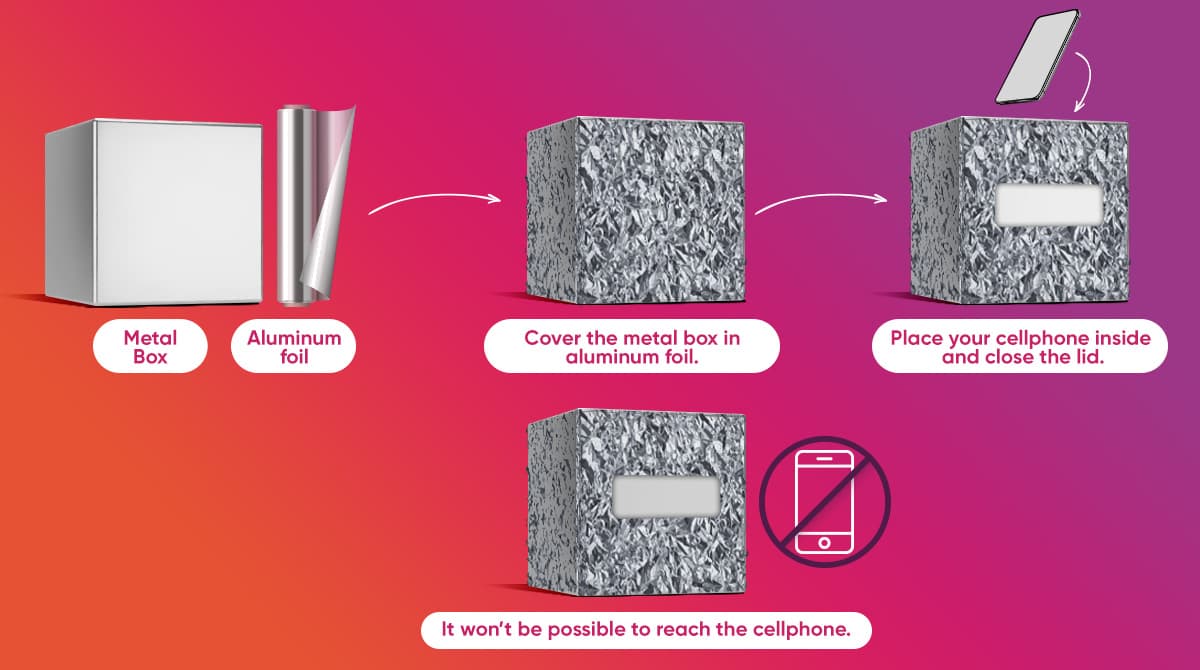
Does a Faraday Cage Protect Airplanes from Lightning?
Airplanes are one of the examples that help everyone have an understanding of the Faraday cage. It may sound scary, but an airplane getting struck by lightning is not an unusual phenomenon. When lightning strikes an airplane, the metal frame of the airplane acts as a Faraday cage. Electricity is distributed along the frame that keeps passengers and all devices inside the airplane safe.
Did you know that the Faraday cage is used so extensively in daily life? You can share our blog content to keep people around you informed of the Faraday cage that is one of the most inventions of the modern age.

 Online Services
Online Services Application Inquiry
Application Inquiry Pay Assurance Fee
Pay Assurance Fee Query Installation Number
Query Installation Number Compensation Fee Inquiry
Compensation Fee Inquiry Automatic Payment Order Inquiry
Automatic Payment Order Inquiry Partnership
Partnership
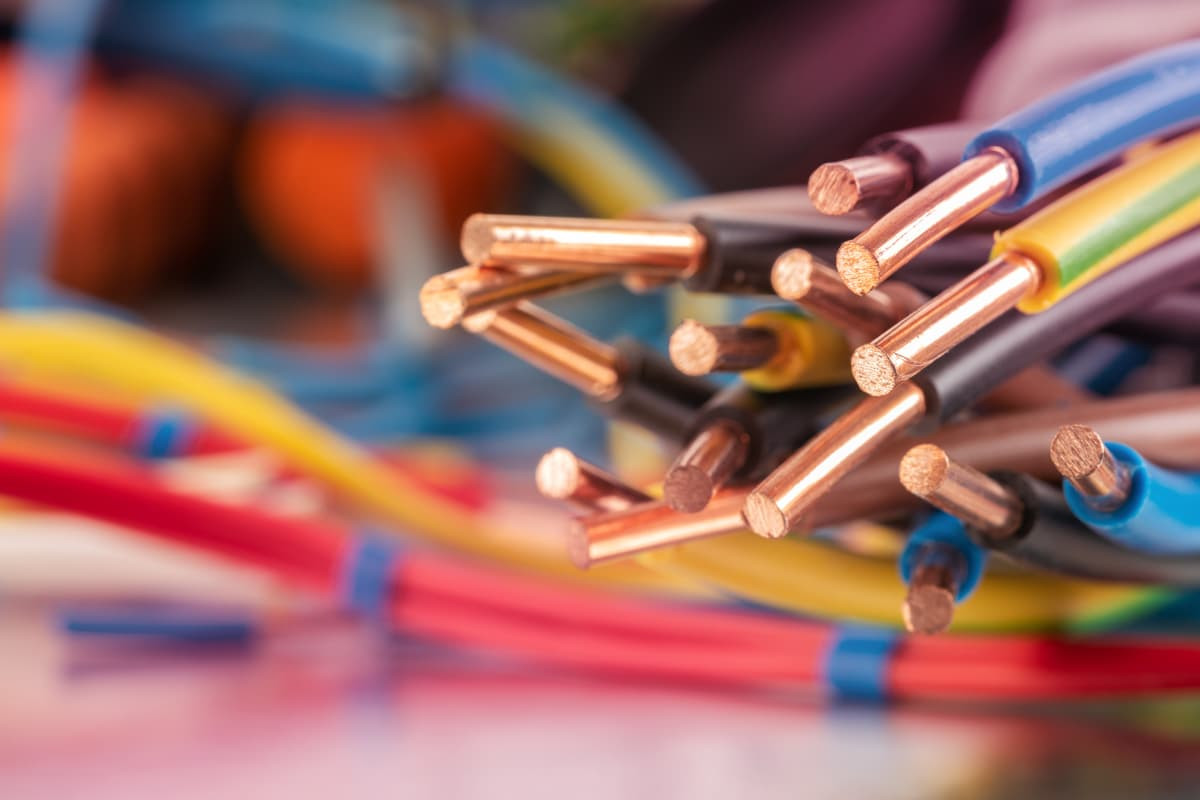





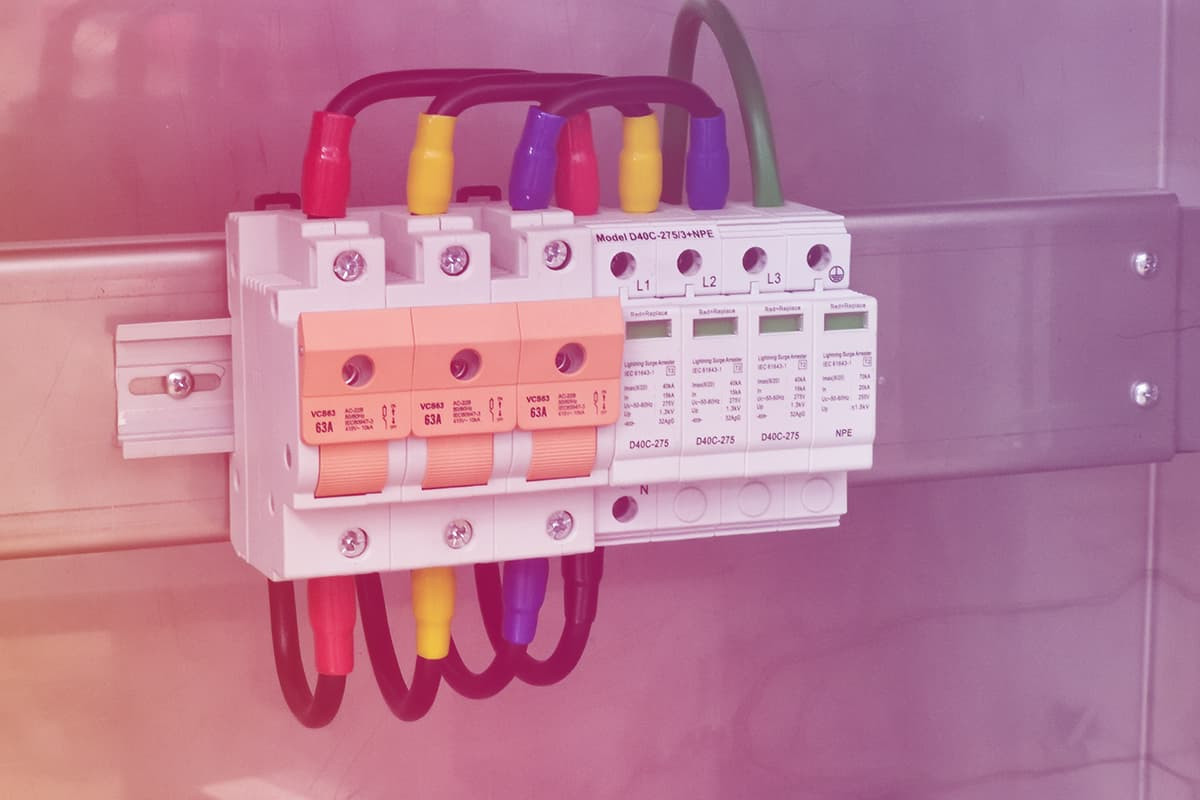
Leave a Comment
Comments (1)
N
NR
Hi there, you mention Michael's work up front and how the inside of the Faraday cage caries no charge, then your build instructions include using cardboard to insulate the surface. Surely this isn't needed since the charge is only on the outside. Secondly, if you have a metal box, why are you covering it again with foil? One Faraday cage isn't enough?
Aydem Perakende
Hi,
First of all, thank you very much for your interest. We will try to answer your questions.
Regarding the use of cardboard to insulate the surface: You're right that the charge is primarily on the outside of the Faraday cage. The purpose of lining the inside with cardboard is to ensure that there are no gaps or points of contact between the object being protected (in this case, the cellphone) and the metal surface of the bin. While the charge may not affect the interior directly, insulating the surface helps prevent any accidental contact between the object and the metal, which could potentially compromise the effectiveness of the cage.
Covering the metal box with foil: The additional layer of aluminum foil serves as an added precaution to enhance the shielding effectiveness of the Faraday cage. While one layer of metal may provide some protection, adding extra layers can increase the cage's ability to block electromagnetic fields. Each layer acts as a barrier, reducing the likelihood of electromagnetic waves penetrating the cage and reaching the object inside. Additionally, wrapping the cellphone in foil provides a direct shield around the device, further minimizing the chances of it coming into contact with any stray electromagnetic signals that may bypass the outer layer of the cage.
We trust that our responses have provided clarity.
Wishing you an enjoyable read! :)